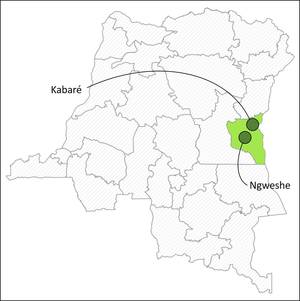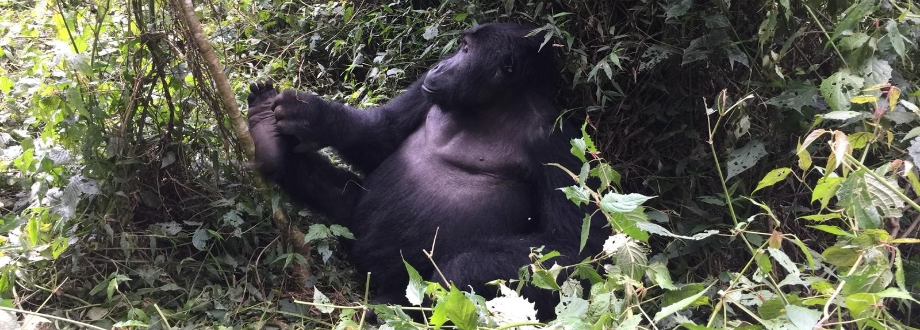Democratic Republic of Congo
The Democratic Republic of Congo (DRC) is known for its dense tropical forests, which represent 47 percent of tropical African forests, as well as for its fauna and flora diversity. However, population growth and urbanization have led to the degradation of natural ecosystems. The pilot province of South-Kivu has one of the highest population densities in the DRC, with impacts on the Kahuzi-Biega National Park (KBNP) thereby threatening the conservation of this United Nations Educational, Scientific and Cultural Organization (UNESCO) World Heritage Site. In addition, the poverty rate in South-Kivu is 80 percent.
The main income-generating activities are agriculture followed by livestock husbandry. However, the productivity of both activities is decreasing because of the increasing pressure placed upon soil resources and unsustainable exploitation practices, thereby further aggravating poverty and food insecurity of rural communities. Ecosystem restoration is clearly a priority in the DRC based on the national strategies and plans. However, several barriers prevent the implementation of a coordinated restoration effort in the country.

IMPACTS
The objective of the Congo component of The Restoration Initiative (TRI) project is to contribute to the restoration of the natural ecosystem through reforestation and the sustainable management of natural resources by local communities in South‐Kivu using forest and landscape restoration (FLR). The interventions will focus on reducing the degradation of forest, agricultural and pastoral land to prevent further erosion and loss of soil fertility, restore ecosystem functioning and sustainably increase productivity. Restoration and conservation interventions will be undertaken for over a minimum of 4 800 hectares (ha) and at least 5 000 vulnerable households will receive direct benefits. South‐Kivu will be used as a pilot province to demonstrate the benefits of the FLR approach thereby promoting its implementation in other provinces in the country.
The project is structured into four interlinked components:
- policy development and integration;
- implementation of restoration programmes and complementary initiatives;
- capacity building and finance mobilization; and
- knowledge sharing and partnerships

